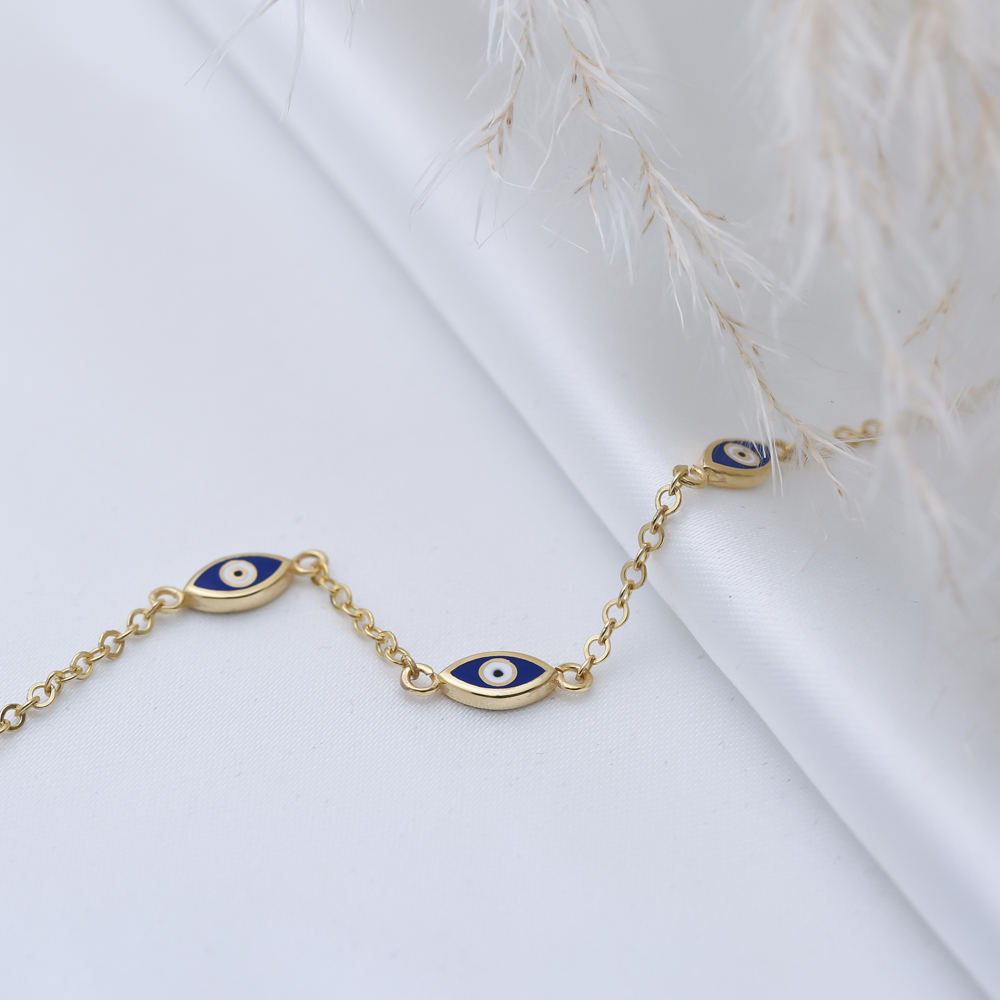Throughout history and across cultures, the concept of the evil eye has endured as a potent symbol believed to protect against malevolent forces and misfortune. At the heart of this ancient belief lies the evil eye bracelet charm, a talisman that holds both cultural significance and mystical allure.
Origins and Cultural Significance
The origins of the evil eye can be traced back thousands of years to ancient civilizations such as those in Mesopotamia, Greece, and Rome. Across these cultures, the evil eye was feared as a curse cast by a malevolent glare, capable of bringing harm or misfortune to its target. To ward off this curse, people began using charms and amulets adorned with the eye symbol, believing it would deflect negative energy and bring about protection.
In Mediterranean and Middle Eastern cultures, the belief in the evil eye remains deeply rooted. The nazar, or eye-shaped amulet, is a common sight in Turkey, Greece, and parts of the Arab world. It is believed to ward off the evil eye and safeguard against envy and ill wishes.
Symbolism and Design
The evil eye bracelet charm typically features a small eye motif, often crafted from glass, enamel, or precious metals. The design varies from culture to culture, with some incorporating additional symbols like horseshoes or hands for added protection. In modern interpretations, these charms can be found adorning various jewelry pieces, from delicate bracelets to intricate necklaces.
The eye itself symbolizes watchfulness and protection. It is thought to stare back at the world, deflecting negative energy and absorbing harmful intentions. The color blue, frequently used in evil eye charms, is believed to enhance the protective power of the charm, as blue is often associated with good luck and spiritual significance.
Contemporary Appeal and Global Influence
In recent years, the popularity of the evil eye bracelet charm has transcended cultural boundaries, becoming a fashion statement embraced worldwide. Celebrities and fashion icons have been spotted wearing these charms, not only for their aesthetic appeal but also for their symbolic meaning of protection and good fortune.
Beyond its decorative use, many people continue to wear the evil eye bracelet charm as a personal talisman, believing in its ability to ward off negativity and promote positivity in their lives. Whether as a gesture of belief in ancient traditions or simply as a stylish accessory, the charm continues to resonate with people seeking a sense of spiritual protection and cultural connection.
Conclusion
The evil eye bracelet charm stands as a testament to the enduring power of ancient beliefs in a modern world. Its symbolism of protection against the malevolent forces of envy and ill will resonates across cultures and generations. Whether worn for its cultural significance, spiritual meaning, or fashionable appeal, the charm remains a potent symbol of positivity and warding off misfortune in today’s diverse and interconnected society.

